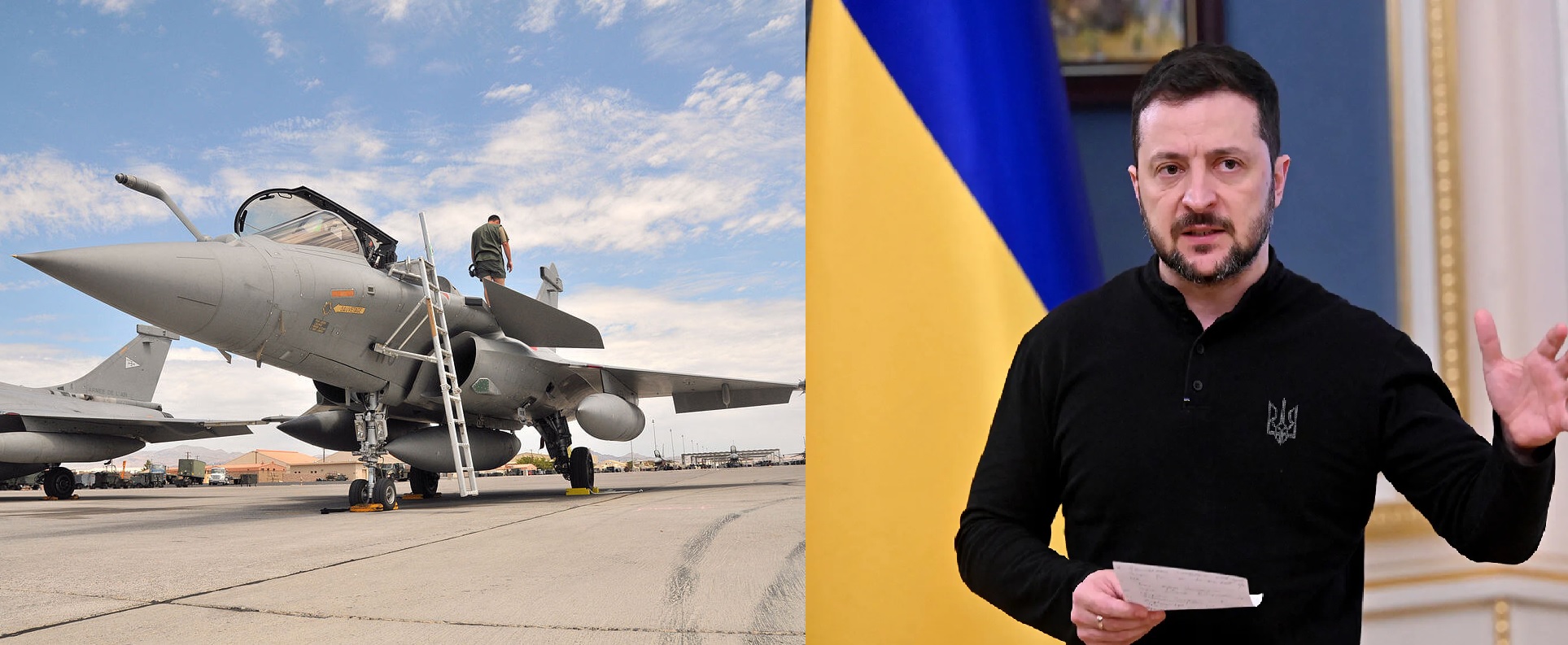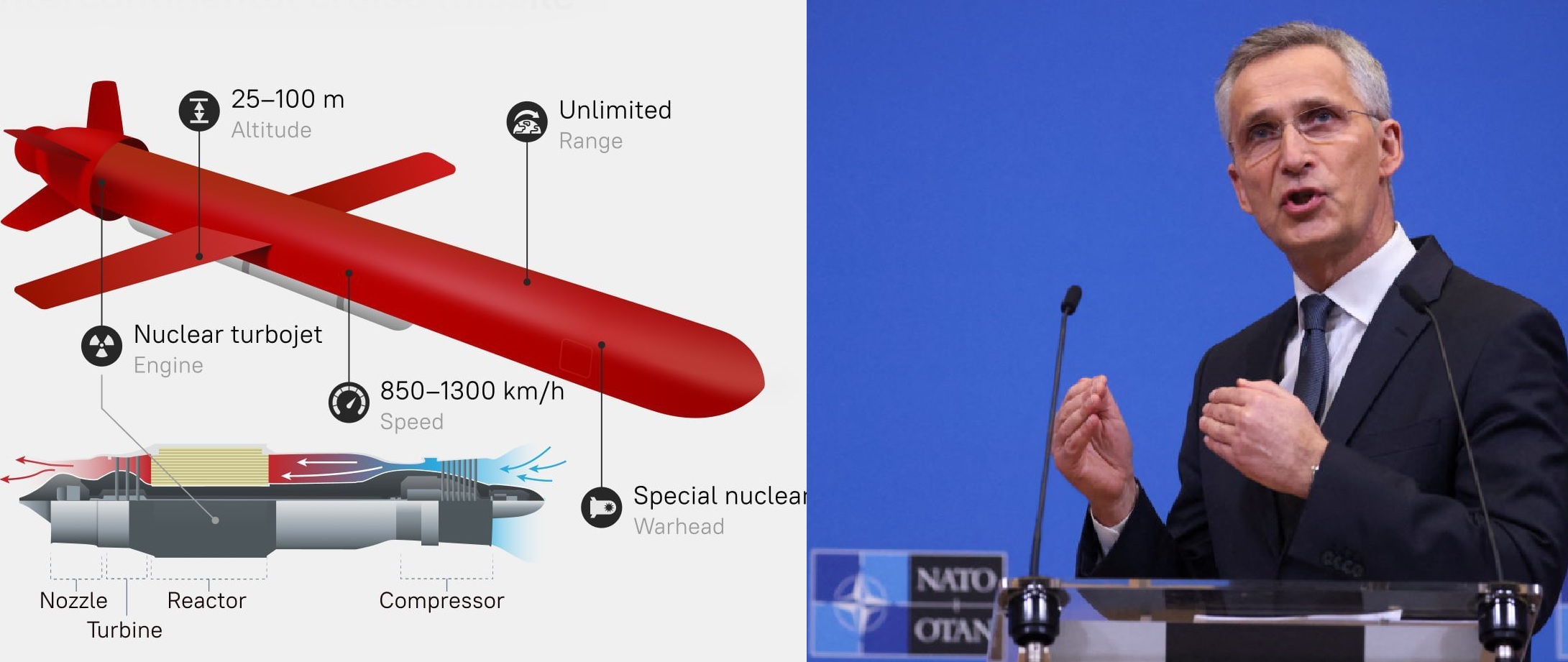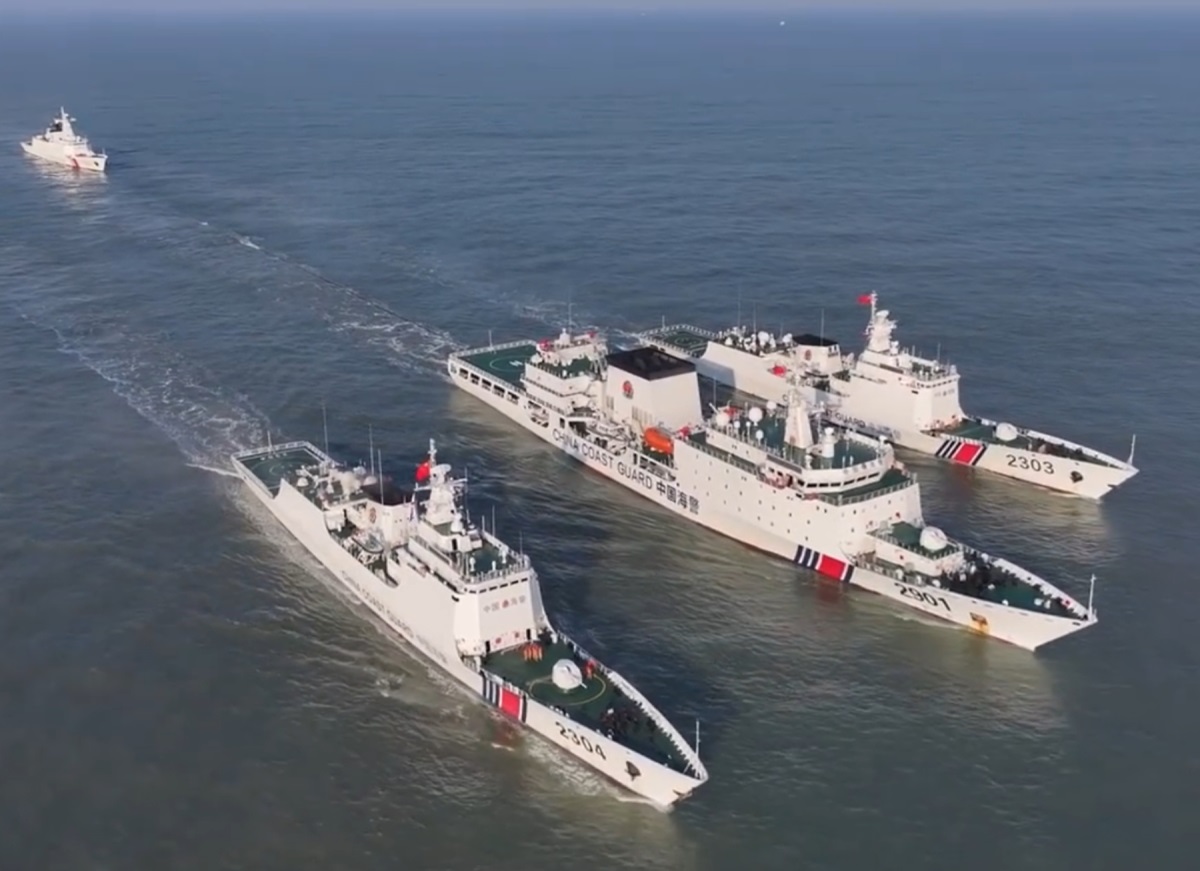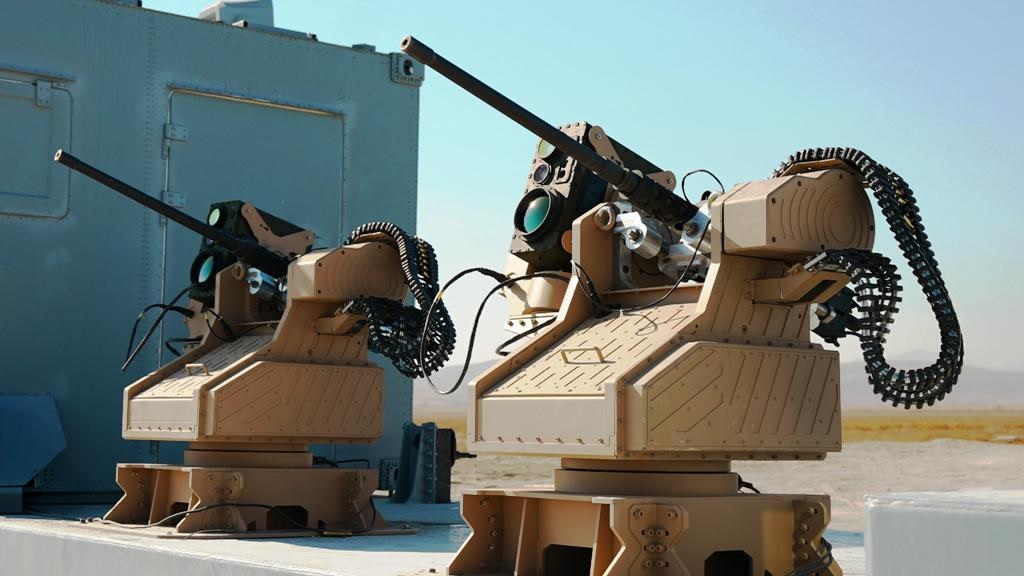France and Ukraine Finalize Landmark Deal for 100 Rafale Jets, Reshaping Kyiv’s Post-War Air Power

In one of the most consequential defense agreements since the war began, Ukraine and France have formalized a plan for Kyiv to acquire 100 Dassault Rafale multirole fighters, marking a historic leap in Ukraine’s long-term air power transformation. The agreement was sealed on November 17, 2025, during President Volodymyr Zelensky’s visit to Villacoublay Air Base near Paris, where he and President Emmanuel Macron signed a letter of intent in front of a Rafale aircraft and the national flags of both countries.
The French presidency confirmed the 100-aircraft target, while avoiding details on whether deliveries will draw from existing French stocks or rely entirely on new production. The deal forms the core of a wider 10-year strategic framework aimed at strengthening Ukraine’s aviation, missile defense, and long-term defense-industrial cooperation.
A Strategic Partnership Anchored in Long-Term Support
President Zelensky called the agreement “historic”, stressing that the Rafale will significantly bolster Ukraine’s air-defense, combat aviation, and deterrence posture as Russia continues high-intensity missile and drone attacks. Months of technical negotiations among Dassault Aviation, MBDA, Thales, and the defense ministries of both nations shaped the final structure of the deal.
The framework extends beyond fighters, incorporating enhanced cooperation on SAMP/T air-defense systems, Aster 30 interceptors, and future European-Ukrainian technology exchanges. French officials emphasized that the objective is to ensure Ukraine can “acquire the systems it needs to respond to Russian aggression.”
Production, however, remains a critical variable. France faces mounting commitments to major export customers such as India, Egypt, Indonesia, and Croatia, even as Dassault plans to expand output from three aircraft per month in 2025 to four per month by 2029. Additional manufacturing relief will come from Tata Advanced Systems Limited in India, which will begin producing Rafale fuselages from 2028, marking the program’s first international production line.
Why the Rafale Matters for Ukraine’s Future Air Force
Kyiv’s long-term modernization plan envisions a Western-standard fleet of roughly 250 fighter aircraft, combining F-16s, Gripens, and Rafales. Within this structure, the Rafale is viewed as the heavy multirole backbone, capable of long-range strike missions, air superiority, deep interdiction, and networked joint operations.
The aircraft’s advanced SPECTRA electronic warfare suite, low-observable shaping, and compatibility with NATO weapons and data links make it uniquely suited for Ukraine’s future needs. While not fully stealth, the Rafale’s reduced radar cross-section and digital flight-control algorithms give it superior survivability in contested airspace.
For Ukraine, the Rafale represents not only a combat capability but a gateway to full NATO interoperability.
Airframe and Performance
-
Length: 15.27 m
-
Wingspan: 10.90 m
-
Max takeoff weight: 24.5 tons
-
Engines: 2× Snecma M88-2
-
Top speed: Mach 1.8
-
Supercruise: Mach 1.4
-
Range: 1,850 km (internal fuel), >3,700 km with tanks
-
Combat radius: 1,000–1,400 km
-
Service ceiling: 15,240 m
Training, Maintenance, and Interoperability Challenges
Integrating the Rafale will require sweeping upgrades to Ukraine’s military infrastructure. Conversion training for Rafale pilots typically takes 10–12 months, with extensive simulator and systems instruction. Pilots currently undergoing F-16 and Mirage training in Europe are expected to form the first cohort for Rafale transition.
Meanwhile, Ukraine must build new maintenance hangars, digital avionics support facilities, and NATO-compatible weapons storage and testing centers. Western munitions—such as Meteor, MICA NG, SCALP-EG, and AASM Hammer—require dedicated handling systems not currently available in Ukraine.
Despite these challenges, the Rafale is seen as a platform that will anchor Ukraine’s multi-decade modernization and increase its ability to conduct joint operations alongside NATO air forces.
Financial Realities and Industrial Cooperation
Financing the program remains the most complex hurdle. Ukraine’s defense budget—strained by wartime spending—will likely rely on French export credits, EU security funding, phased payment schedules, and industrial participation mechanisms. Paris, grappling with its own budget pressures, is expected to structure deliveries over several years, tied to production cycles and shared maintenance initiatives.
For France, the agreement consolidates its role as a central European defense partner for Kyiv, building on earlier deliveries of Caesar howitzers, Mirage 2000-5F fighters, and Aster 30 missiles.
A Defining Turning Point for Ukraine’s Air Power
The planned acquisition of 100 Rafale fighters marks one of Ukraine’s most significant military modernization steps since independence. Beyond battlefield effects, it signals a long-term strategic realignment between Kyiv and Paris, one with serious implications for Europe’s defense architecture.
Although final delivery schedules and financing details are still being negotiated, the message is clear: France and Ukraine are building a durable, multi-decade defense partnership. The Rafale deal positions Ukraine to field one of the most advanced air forces in Europe—and reshapes the balance of air power across the entire region.
✍️ This article is written by the team of The Defense News.





